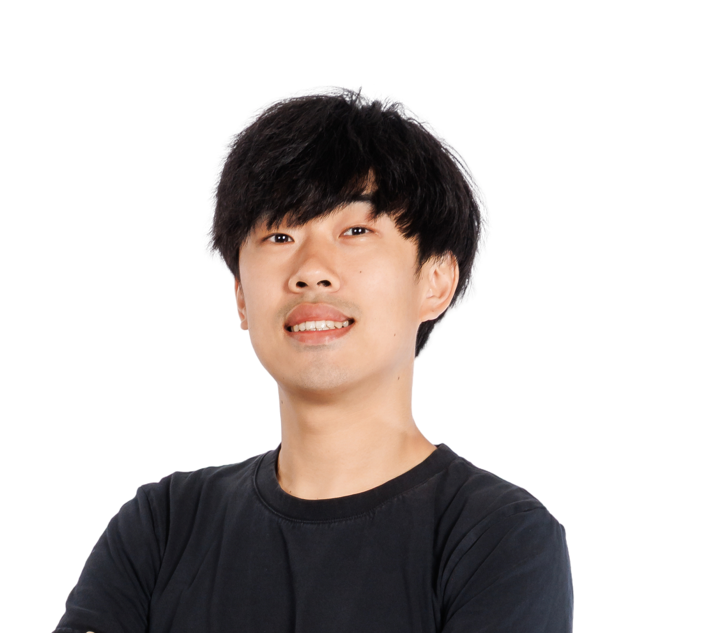What it does
Hanabii is a floral shaped pacifier that gently releases when babies sucking ceased. Its passive system reduces pacifier reliance and supports early oral health. Parents gain peace of mind knowing weaning is built in, even where dental care is limited.
Your inspiration
It started with a quiet frustration. I watched my child grow attached to a pacifier we both knew was not helping anymore. Then I noticed something simple, a flower petal unfolding. It did not cling or resist. It just let go. That small gesture sparked a big idea. What if a pacifier could work the same way? Comfort when needed, then step back gently. As a parent and designer, I wanted to turn this natural motion into a supportive tool, one that could help children let go on their own through play. Hanabii grew from this moment, blending emotional design with the soft logic of nature. This relieves parental guilt from the point of purchase.
How it works
Hanabii is made from food-grade silicone, featuring a short orthodontic teat that supports healthy oral development. Five flexible petals surround the teat. When a baby sucks, the petals fold inward. When suction stops, they unfold and gently release the pacifier. This mechanism is completely passive, needing no sensors, timers, or electronics. One petal is softened to load on the nose and improve airflow. The shield includes ventilation holes to reduce skin irritation. Hanabii is modular, allowing the pacifier body to detach for easy cleaning. Unlike hard plastic pacifiers that degrade with UV sterilisation, Hanabii resists wear and avoids microplastic exposure. The design supports various accessories such as drying racks, wrist straps, and lanyard clips that fit daily caregiving routines. More than a soother, Hanabii guides the transition toward independence through the soft logic of nature.
Design process
The concept began with the idea of a pacifier that could gently let go, inspired by the motion of a flower petal unfolding. I have adopted the Double Diamond framework, beginning with stakeholder analysis and persona mapping. Over 100 interviews with parents, caregivers, pediatricians, and designers revealed emotional and practical pain points, especially around weaning and hygiene. Activity diagrams and user journey maps were used to chart daily care routines. This led to the creation of modular accessories like drying stands, wrist straps, and lanyard clips to suit real-world use cases and reframed and improved the problem statement. Early prototypes were hand-moulded using 3D-printed TPU for ergonomic testing and was then transitioned to silicone for petal motion studies. More than 40 iterations were developed to calibrate release timing, hinge resistance, and teat comfort. Each prototype was manually refined to improve the unfolding action and fit for best ergonomic and performance studies. Final forms were injection moulded to match production specifications. Hanabii underwent ASTM safety standards through TÜV SÜD and SGS. In a pilot trial, 2 of 8 children aged 2 to 4 weaned successfully using Hanabii, showing that thoughtful design can support behavioural change.
How it is different
Hanabii is the first pacifier designed to gently self-release using a passive suction-based response. Traditional pacifiers rely on timers, active strategies, or adult intervention. Hanabii listens to the child. When sucking stops, it lets go, every time. The floral petal design is not just aesthetic. Inspired by biomimicry, it forms the core of the release mechanism. The petals move with purpose, combining beauty and function in one seamless functional form. Parents and children love the unique floral outlook. In high-income settings, Hanabii is a modern parenting companion. It supports independence, hygiene, and ritual. In underserved regions, it serves as a preventative health tool where early dental intervention may be unavailable. Hanabii brings together emotional insight and design engineering in a way no other pacifier has. It is both intuitive and evidence-informed, helping families navigate a key milestone more naturally.
Future plans
I am working with paediatric hospitals to study Hanabii’s impact on self-weaning and oral development. I am also collaborating with universities to publish research that frames the pacifier as a behavioural tool, not just a comfort object. A progressive three-stage set is in development to build suction strength over time. I am also designing a simplified, low-cost version for rural settings. My goal is to scale Hanabii through public health programmes, global partnerships, and retail distribution, making it accessible to every child. I believe design can nurture independence, one small gesture at a time.
Awards
Hanabii has received the 2024 Kyoto Global Design Award, the 2023 European Product Design Award, and the IDA Design Award under the student category. It was also shortlisted for the President’s Design Award Singapore 2025. This project came a long way, starting as a fun project that suits the need of my own.



Connect